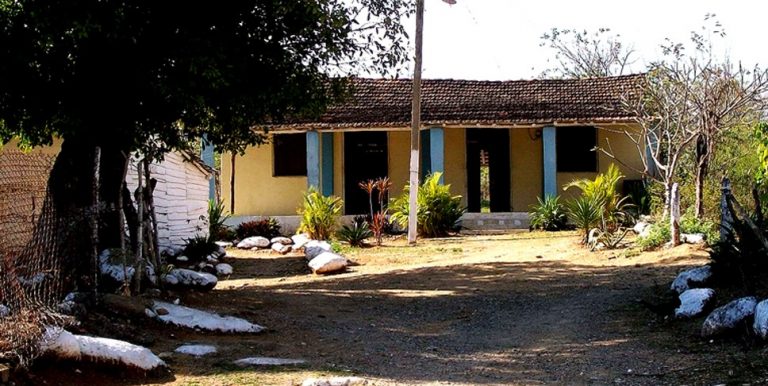The main celebrations take place in the heritage towns of Trinidad and Sancti Spiritus, close to celebrating 510 years of their foundation, in the community of Condado, where nearly 50 percent of its inhabitants maintain their roots from their ancestors in the Valley of the Wits.
The praying to the saint began at dawn, with rhythms, candles and rum, offerings that are part of the popular religious tradition, as well as worshipping and asking for health and well-being, warding off evils and seeking happiness.
The majority arriving at houses, temples and councils wear slave clothing, made of sacks and purple ornaments (the color of the saint) with elements of nature, flowers, snails, stones, in reverence to the African orisha emerged from syncretism, Babalú Ayé, or Saint Lazarus in the Christian tradition.
This custom has its greatest exponent in the Valley of the Mills, where the slaves worked in this area and Trinidad, Cultural Heritage of Humanity, an emporium of wealth, center of the Condado community, on the edge of the Escambray mountains.
It is a festival of colors and worship inherited from the ancestors, sponsored by the local House of Culture, converted into a popular temple, with rituals and drumming, where Juana Marín lived, a myth of this rural community, the offerings arrive, families from the countryside, visitors from other communities come to liven up the celebration.
This is how believers and non-believers, all Cubans, merge to nourish one of the most deeply rooted traditions in the nation, in which there is no shortage of traditional drinks and dishes.
Thousands of Cubans from the west to the east of the island and in other corners of the world venerate Saint Lazarus, the biblical character, friend of Jesus and brother of Martha and Mary Magdalene.
The largest celebration, converted into a town pilgrimage, takes place at the Sanctuary or church of San Lázarus in El Rincón, Boyeros municipality, Havana.
ef/oda/rga









